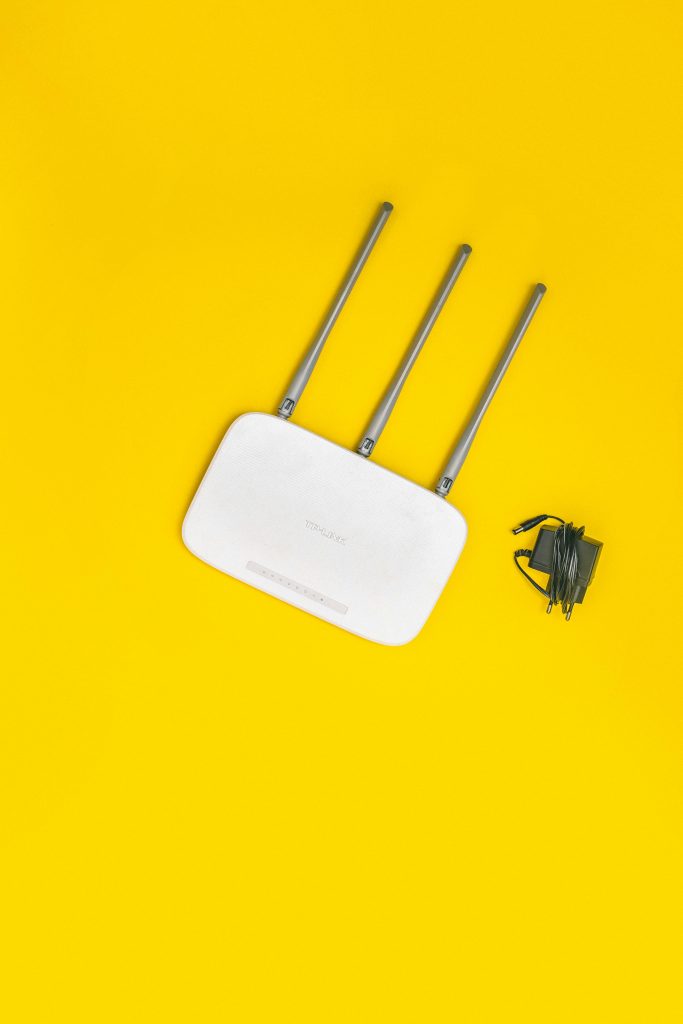Securing Your IP Camera: A Close Call with Brute Force Attacks
Hello, tech enthusiasts!
Recently, I discovered an unsettling pattern involving my home IP camera, which serves as a viewing point for my students to observe my aquarium. In reviewing the user logs, I noticed an alarming surge of login attempts targeting my camera’s default usernames and passwords. Since November 11th, there have been close to 100 attempts, with the most recent one occurring just yesterday.
Upon investigation, I realized that these attempts do not seem to stem from any of my students. Their age likely precludes them from possessing the technical know-how required for such targeted efforts, and I believe all of their school-issued devices operate on a static IP address.
Fortunately, I’ve taken steps to enhance security by creating a uniquely complex username and password. This should statistically diminish the chances of a successful brute force attack. However, I’m left wondering if I should be alarmed by this situation. Is this a common occurrence for home IP cameras, and what additional measures should I consider taking to bolster my security?
As a precaution, it might be wise to regularly update your camera’s firmware and ensure that your passwords remain robust and unique. Additionally, exploring the possibility of enabling features like IP address whitelisting or two-factor authentication could serve to further safeguard your device against unauthorized access.
Let’s share insights and best practices on how to keep our IP cameras secure. Have you encountered similar issues? What precautions have you taken? Your thoughts are invaluable!
Share this content:




Thank you for sharing your experience and concerns about IP camera security. It’s reassuring to hear you’ve already taken steps by setting a complex username and password. To further enhance your security posture, consider implementing the following best practices: